Applications
SinOne Air Touch Technology
Capacitive touch-based HMI (Human-Machine Interaction) has become the mainstream solution in industries such as smart home appliances, consumer electronics, and IoT, offering advantages like ease of use, quick response, low cost, and no need for openings.
Using springs as capacitive sensing elements enables more sensitive capacitive changes and better anti-interference capabilities, making it the prevalent choice for capacitive touch technology. However, spring-based sensing solutions often result in a thicker PCBA (Printed Circuit Board Assembly), typically exceeding 1 cm in thickness. This requires display components to have strong light penetration capabilities, which often leads to the design and manufacture of specialized digital displays, increasing overall costs and limiting display content to fixed formats, preventing developers from customizing the displayed content.
Additionally, spring sensing elements are constrained by soldering processes, as they cannot accommodate full SMT (Surface Mount Technology) processes and require manual soldering and adjustments, thereby increasing production costs.
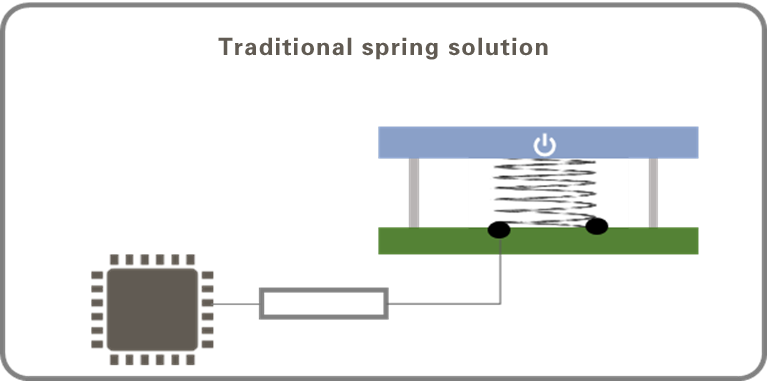
Figure 1: Spring Touch Solution
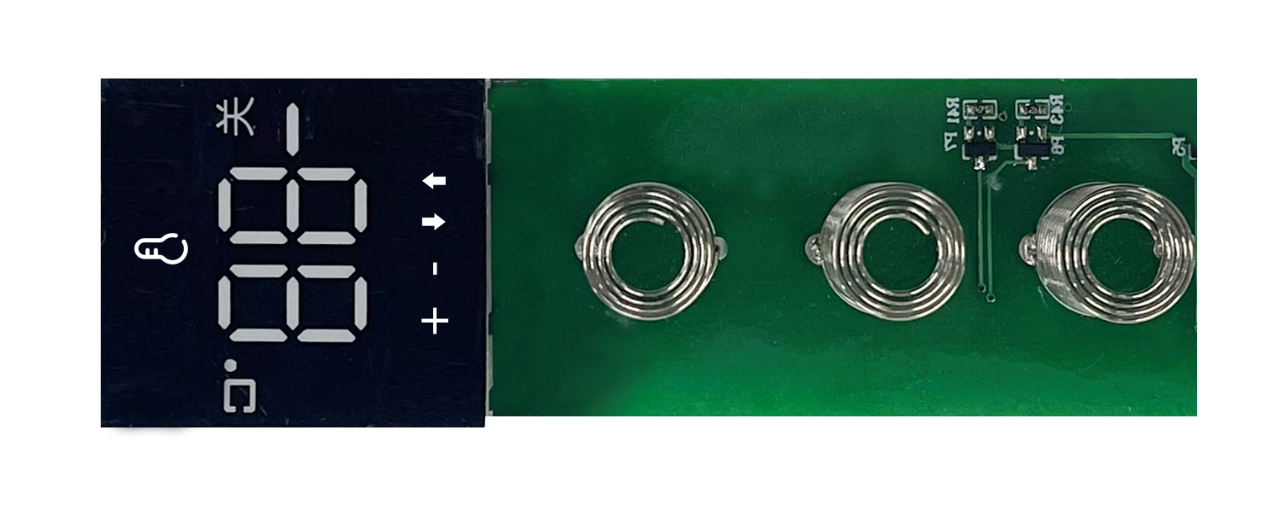
Figure 2: Spring Touch and Customized Digital Display Prototype
The SinOne Touch MCU features a highly sensitive touch circuit with a signal-to-noise ratio of up to 100:1, enabling easy implementation of air touch technology to replace traditional spring switch methods.
The PCB uses copper plating as a capacitive sensing pad, allowing for a 3mm air gap between the sensing pad and the key panel. This design supports applications such as ultra-thin touch panels, miniature curves, extra-thick panels, and glove operation, optimizing product structure and appearance. It significantly reduces production process complexity and enhances yield rates.
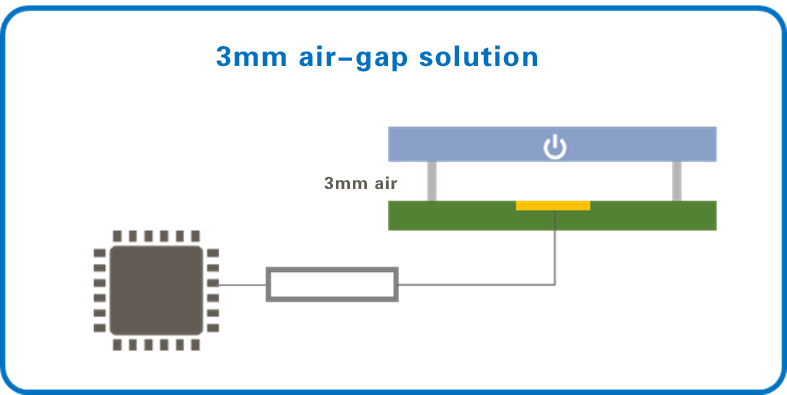
Figure 3: SinOne Air Touch Technology
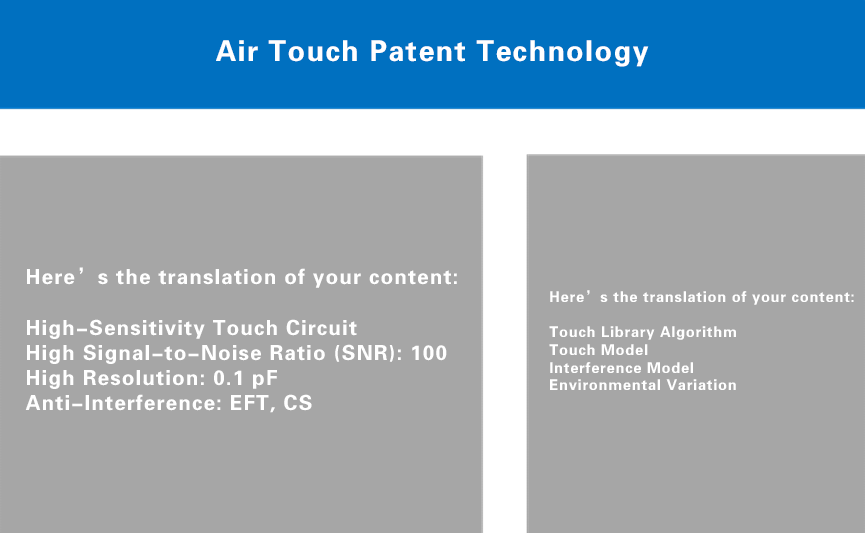
Figure 4: The Essence of SinOne Air Touch Technology is an Ultra-High Signal-to-Noise Ratio
Application Case: Ultra-Thin Touch Display Panel
Solution Overview: Implement a touch display panel as thin as 5mm based on SinOne Air Touch Technology.
Key Points of the Solution:
1. Large power components are placed on the back of the PCB, while the front of the PCB houses the display and touch circuits, effectively reducing the thickness between the PCB and the cover plate.
2. A combination of cost-effective and more flexible LED lights replaces the digital display, allowing for custom display functions. The issue of LED light diffusion is resolved by designing a display frame mold for fitting or sealing with glue.
3. Utilizing SinOne Air Touch Technology avoids issues with gaps between the panel and PCB or assembly differences, ensuring stable touch functionality.
4. Custom patterns can be applied to the adhesive film at a low cost, with the top cover plate being waterproof and requiring no drilling.
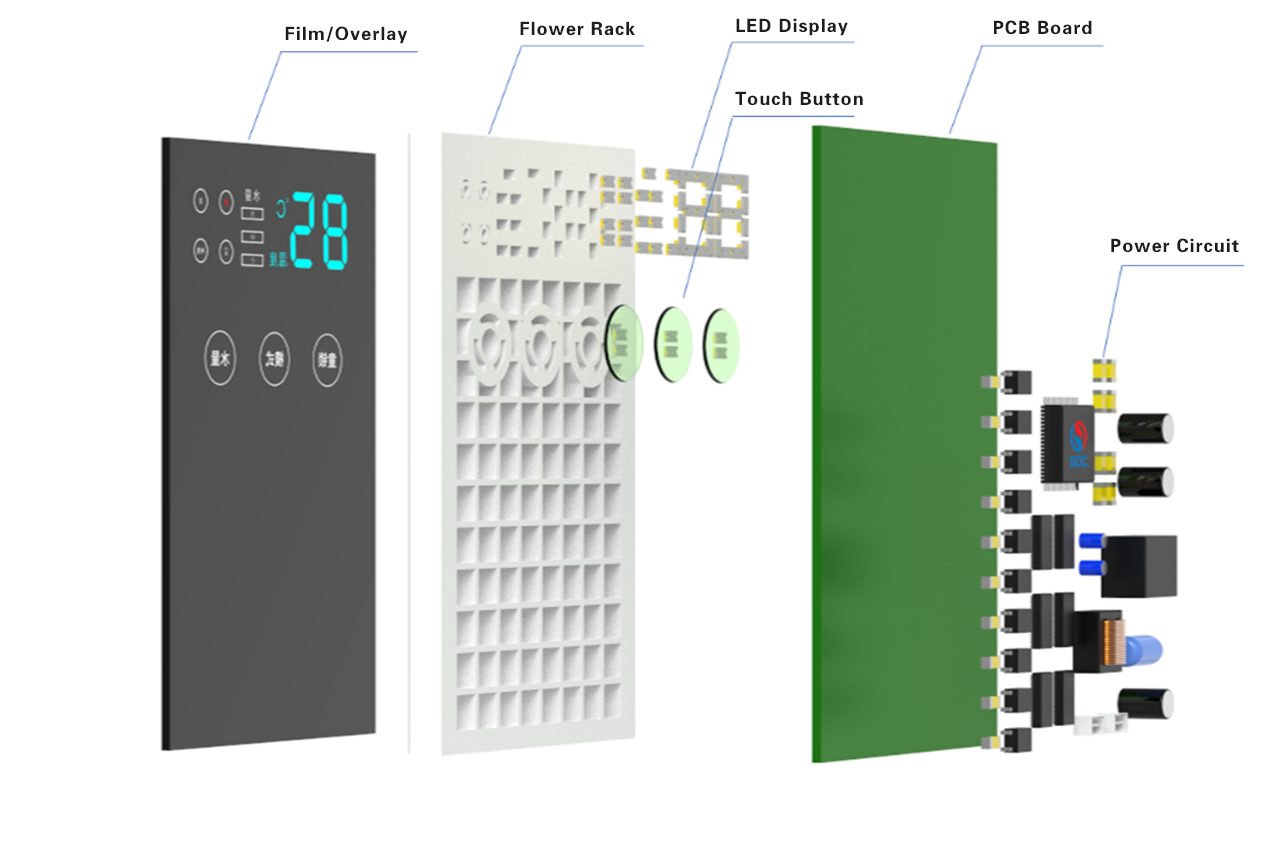
Figure 5: Schematic Diagram of the Back of the Ultra-Thin Touch Panel
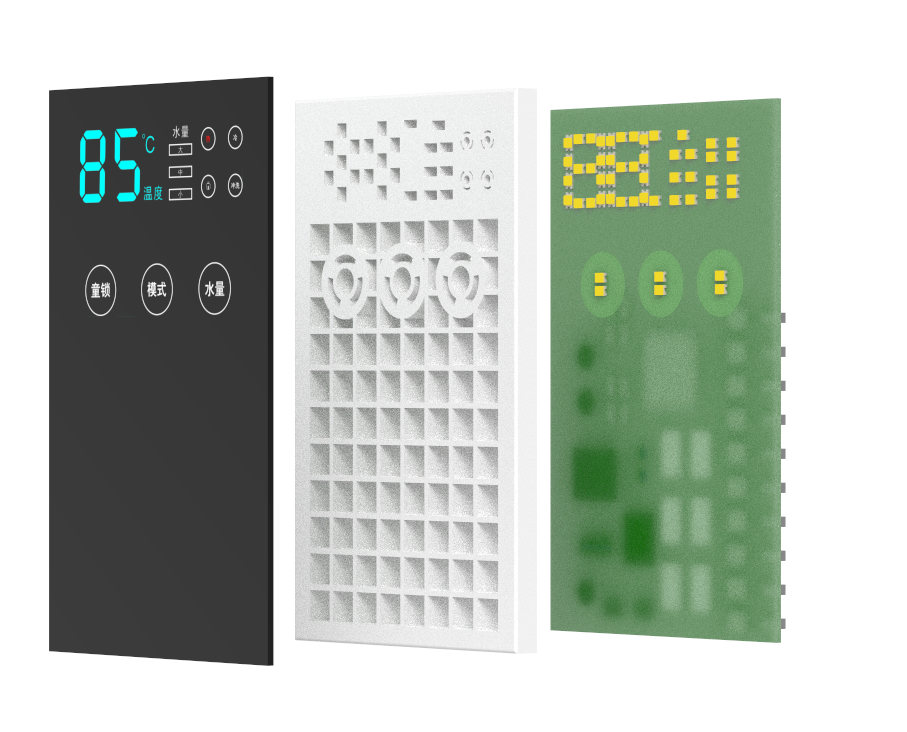
Figure 6: Schematic Diagram of the Front of the Ultra-Thin Touch Panel
Solution Advantages:
1. The ultra-thin touch display panel can achieve a thickness of as low as 5mm.
2. Overall BOM cost reduction by eliminating springs and soldering, avoiding the need for expensive custom digital displays, and supporting full SMT processes, which saves labor costs.
3. Support for overlapping or separate touch buttons and display areas, allowing developers to flexibly customize display content.
4. SinOne's Air Touch Technology can reliably pass 10V dynamic CS testing.
Application Products: All touch-enabled products, including white goods, small appliances, kitchen appliances, industrial control, IoT, and consumer electronics.
Applicable Part Number
Add to compare
Compare(0)
![]() export
export






